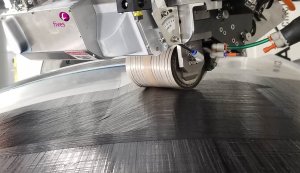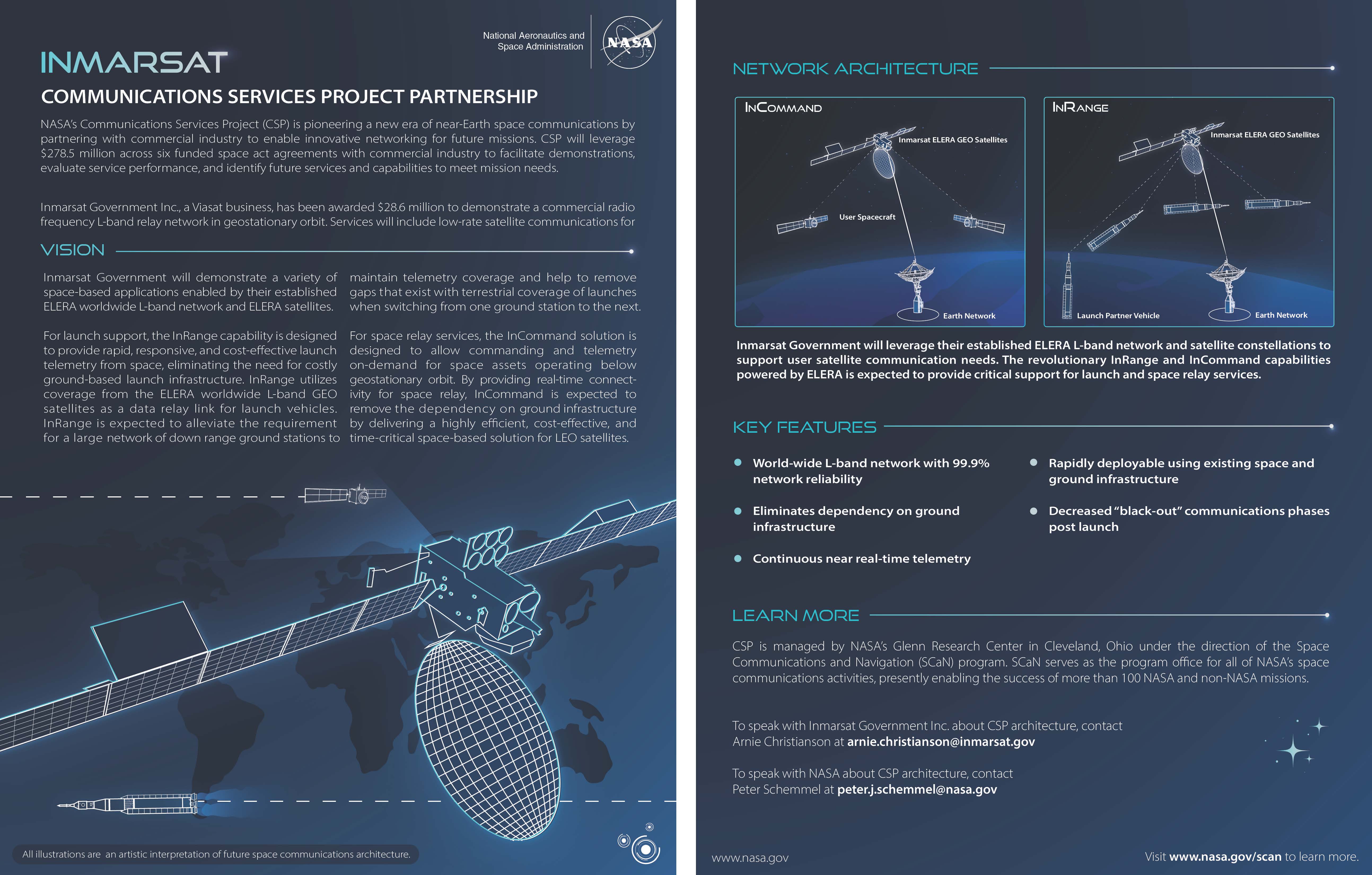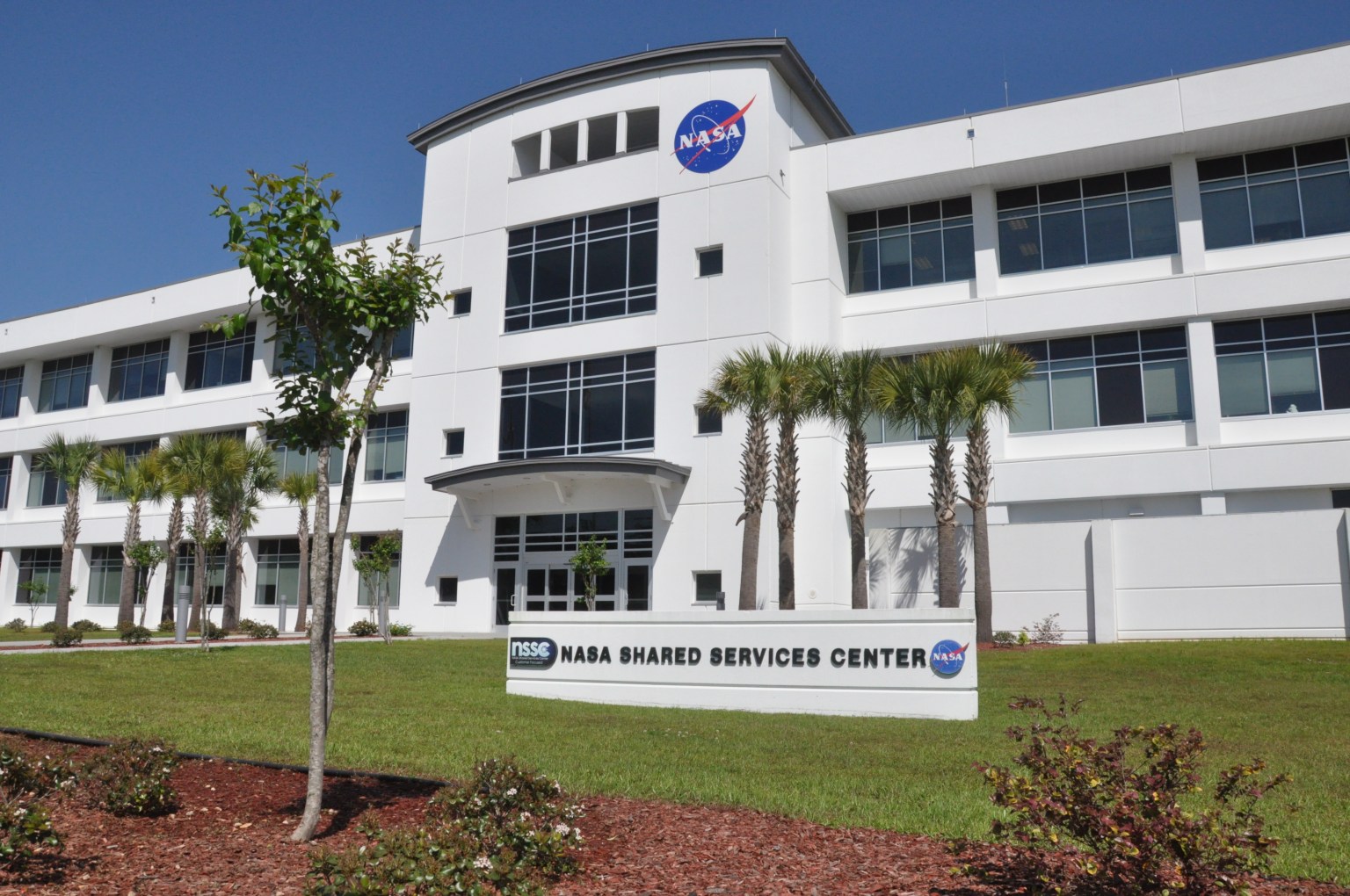Research Plane Dons New Colors for NASA Hybrid Electric Flight Tests
Parked under the lights inside a hangar in Seattle, a hybrid electric research aircraft from electric motor manufacturer magniX showed off a new look symbolizing its journey toward helping NASA make sustainable aviation a reality. During a special unveiling ceremony hosted by magniX on Aug. 22, leaders from the company and NASA revealed the aircraft, […]
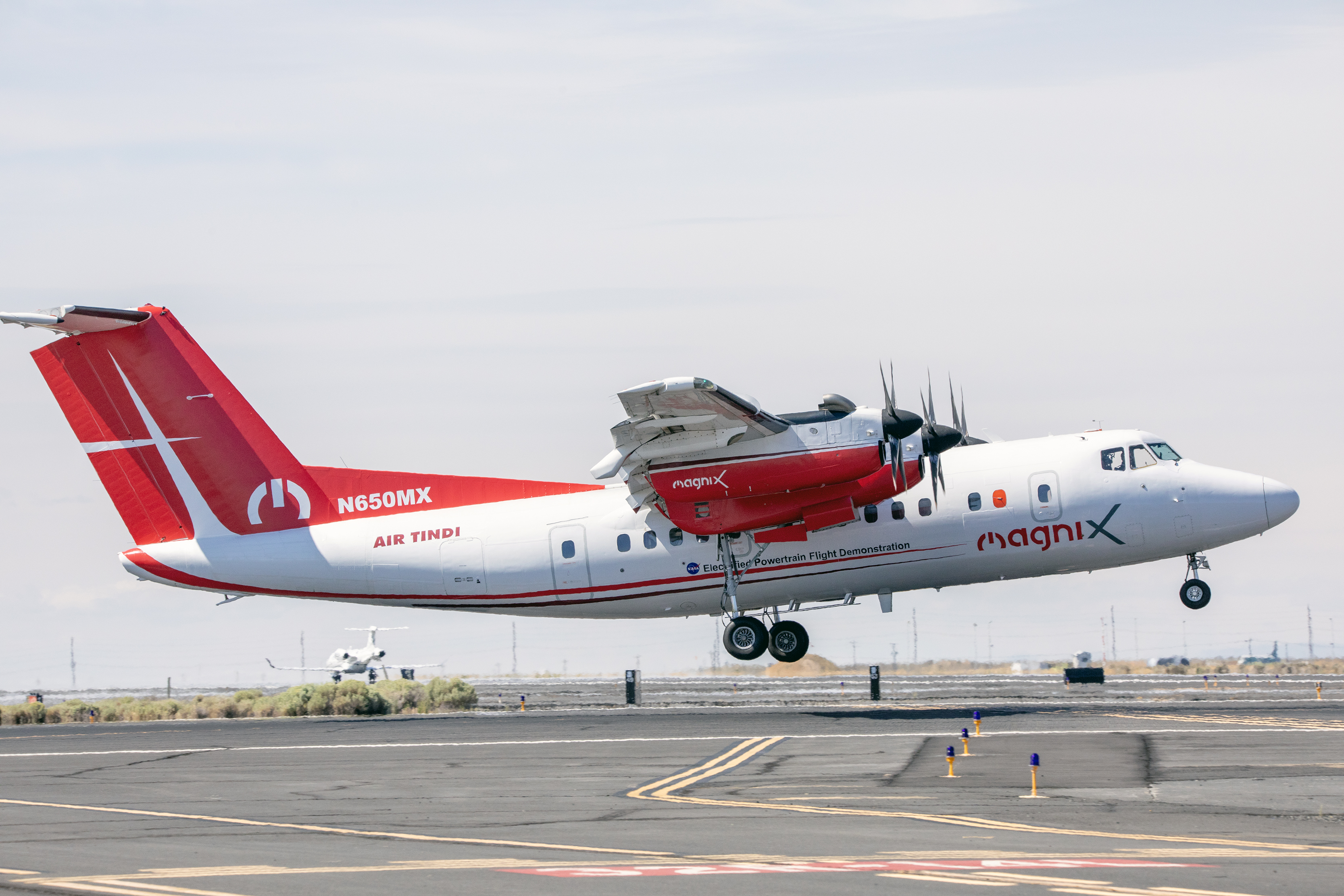
4 min read
Preparations for Next Moonwalk Simulations Underway (and Underwater)

Parked under the lights inside a hangar in Seattle, a hybrid electric research aircraft from electric motor manufacturer magniX showed off a new look symbolizing its journey toward helping NASA make sustainable aviation a reality.
During a special unveiling ceremony hosted by magniX on Aug. 22, leaders from the company and NASA revealed the aircraft, with its new livery, to the public for the first time at King County International Airport, commonly known as Boeing Field.
The aircraft is a De Havilland Dash 7 that was formerly used for carrying cargo. Working under NASA’s Electrified Powertrain Flight Demonstration (EPFD) project, magniX will modify it to serve as a testbed for hybrid electric aircraft propulsion research.
The company’s goal under EPFD is to demonstrate potential fuel savings and performance boosts with a hybrid electric system for regional aircraft carrying up to 50 passengers. These efforts will help reduce environmental impacts from aviation by lowering greenhouse gas emissions.
This livery recognizes the collaborative effort focused on proving that hybrid electric flight for commercial aircraft is feasible.
“We are a research organization that continues to advance aviation, solve the problems of flight, and lead the community into the future,” said Robert A. Pearce, associate administrator for NASA’s Aeronautics Research Mission Directorate. “Through our EPFD project, we’re taking big steps in partnership to make sure electric aviation is part of the future of commercial flight.”
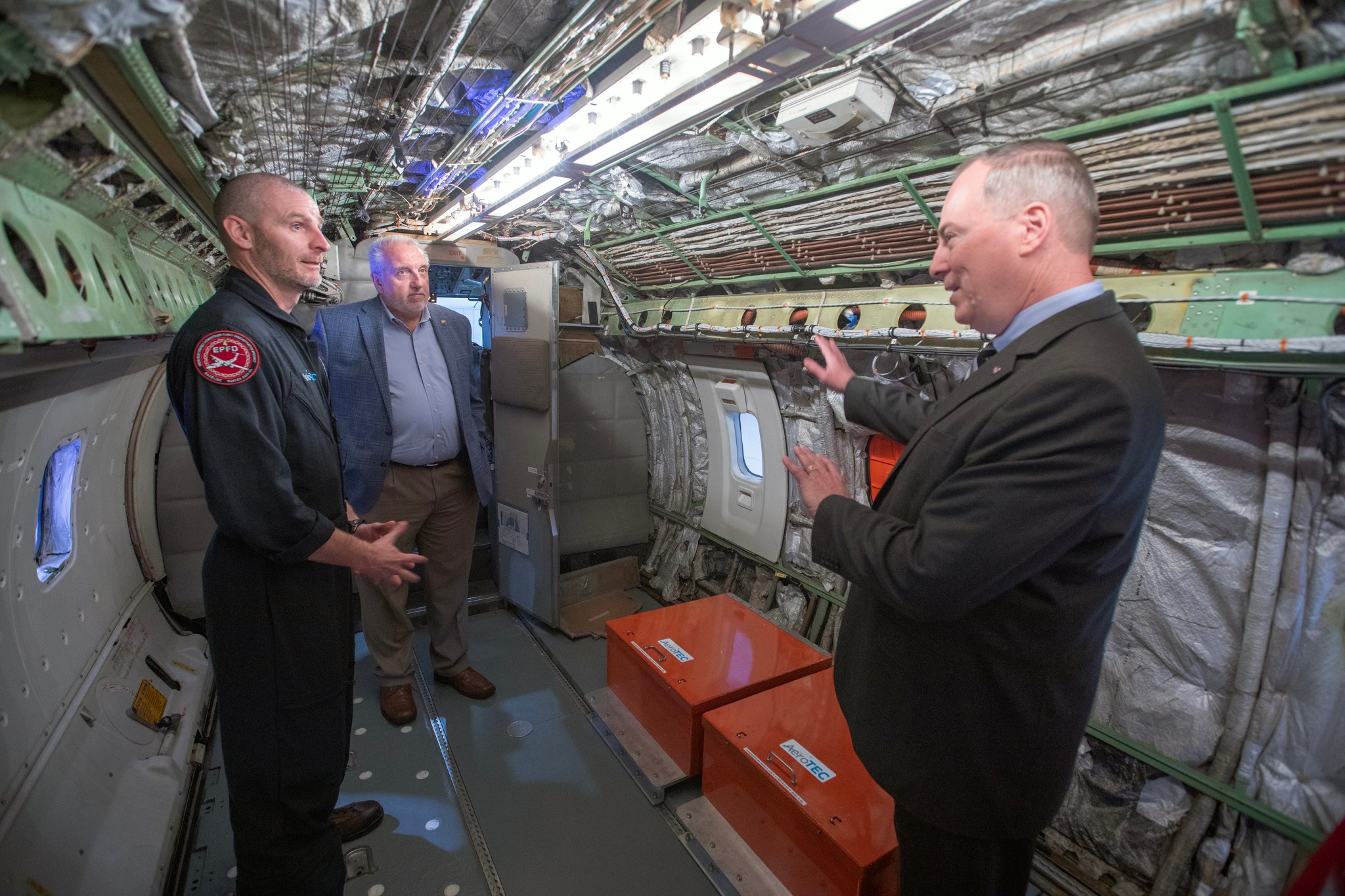
Collaborative Effort
NASA is collaborating with industry to modify existing planes with new electrified aircraft propulsion systems. These aircraft testbeds will help demonstrate the benefits of hybrid electric propulsion systems in reducing fuel burn and emissions for future commercial aircraft, part of NASA’s broader mission to make air travel more sustainable.
“EPFD is about showing how regional-scale aircraft, through ground and flight tests, can be made more sustainable through electric technology that is available right now,” said Ben Loxton, vice president for magniX’s work on the EPFD project.
Thus far, magniX has focused on developing a battery-powered engine and testing it on the ground to make sure it will be safe for work in the air. The company will now begin transitioning over to a new phase of the project — transforming the Dash 7 into a hybrid electric research vehicle.
“With the recent completion of our preliminary design review and baseline flight tests, this marks a transition to the next phase, and the most exciting phase of the project: the modification of this Dash 7 with our magniX electric powertrain,” Loxton said.
To make this possible, magniX is working with their airframe integrator AeroTEC to help modify and prepare the aircraft for flight tests that will take place out of Moses Lake, Washington. Air Tindi, which supplied the aircraft to magniX for this project, will help with maintenance and support of the aircraft during the testing phases.
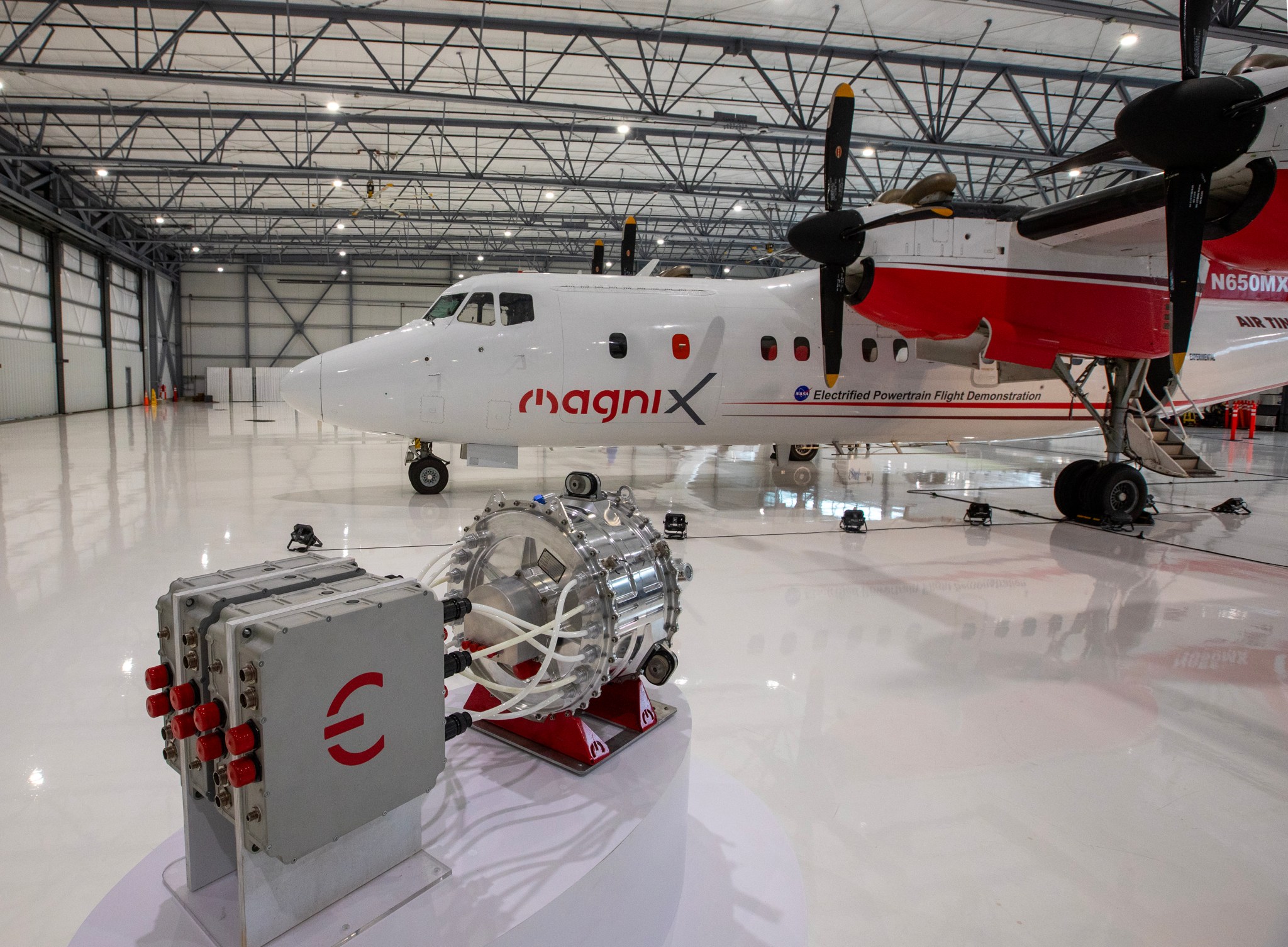
Creating a Hybrid Electric Aircraft
A typical hybrid electric propulsion system combines different sources of energy, such as fuel and electricity, to power an aircraft. For magniX’s demonstration, the modified Dash 7 will feature two electric engines fed by battery packs stored in the cabin, and two gas-powered turboprops.
The work will begin with replacing one of the aircraft’s outer turboprop engines with a new, magni650-kilowatt electric engine – the base of its hybrid electric system. After testing those modifications, magniX will swap out the remaining outer turboprop engine for an additional electric one.
Earlier this year, magniX and NASA marked the milestone completion of successfully testing the battery-powered engine at simulated altitude. Engineers at magniX are continuing ground tests of the aircraft’s electrified systems and components at NASA’s Electric Aircraft Testbed (NEAT) facility in Sandusky, Ohio.
By rigorously testing these new technologies under simulated flight conditions, such as high altitudes and extreme temperatures, researchers can ensure each component operates safely before taking to the skies.
The collaboration between EPFD, NASA, GE Aerospace, and magniX works to advance hybrid electric aircraft propulsion technologies for next-generation commercial aircraft in the mid-2030 timeframe. NASA is working with these companies to conduct two flight demonstrations showcasing different approaches to hybrid electric system design.
Researchers will use data gathered from ground and flight tests to identify and reduce certification gaps, as well as inform the development of new standards and regulations for future electrified aircraft.
“We at NASA are excited about EPFD’s potential to make aviation more sustainable,” Pearce said. “Hybrid electric propulsion on a megawatt scale accelerates U.S. progress toward its goal of net-zero greenhouse gas emissions by 2050, benefitting all who rely on air transportation every day.”
Share
Details
Related Terms
What's Your Reaction?



















.jpg?#)

























